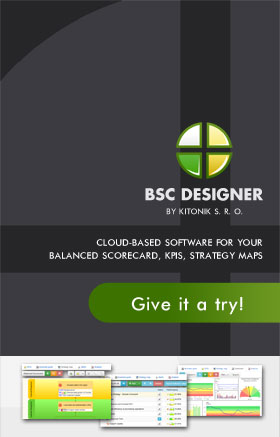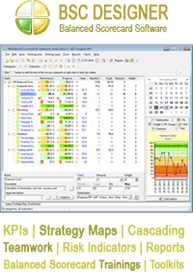The Advantages of Using Metrics
Using metrics is not as easy as it seems. But no matter how difficult an endeavor this might be, there is still a need for any business or organization to have a concrete way of measuring its performance. Coming up with metrics is an even daunting task to finish simply because the process entails a lot of factors to consider. However, once you have this process down on pat, it will surely make the management of your business or organization way easier and more convenient.
You have to remember that metrics measure the business or organization as a whole. Thus, there would indeed be many things to consider during the formation of such metrics. The first of these things is the identification of customer specification. Just what exactly do your customers want? Who exactly are your customers? Once you are able to identify your customers clearly, then it would be easier for you to correlate whatever standards that you should have. These standards then become the goals that you want to achieve, and the percentage of all of these goals for just about every aspect of the job at hand should then be measured.
For the most part, attendance is a metric specific in nature that is used by many companies. More specifically, it is used by companies to gauge the dependability of the employees. The usual scale used by companies in rating the performance of their employees is 1 to 5. If one employee incurs one absence, then this would mean a scale rating of 4 points. Two absences incurred would then give a scale rating of 3 points and so on. The point system at hand would then be multiplied to retrieve percentage. However, the weight of attendance as a measure would then be dependent on just what the company values even more.
Other metrics that are used by companies include productivity, customer satisfaction rating, tardiness, customer retention, quality, and many more. These are just the general metrics used, mind you. This is because you cannot expect all companies to use the same set of metrics, even if they belong to the same industry. Let us take the call center industry, for instance. It is typical for call centers to have AHT or average handling time and customer satisfaction as their metrics. In fact, both Call Centers A and B would have these metrics on their scorecard, so to speak. However, A’s AHT just might be different from that of B, in the sense that these call centers handle different accounts or clients. A, for instance, might be handling an ISP or Internet Service Provider account. B, meanwhile, could be handling a financial account. Thus, you cannot expect that their AHT rates would be similar right down to pat. Customer satisfaction would also be measured differently. A would depend on how satisfied their customers are in terms of the promos they offer as an ISP. B would depend on the process and the promos that their customers take part of as well.
Using metrics does have its own fair share of confusing aspects. But if only relevant metrics are chosen and everything is outlined clearly from the start, then everything else would find its place very easily.
—
If you are interested in using metrics, check this web-site to learn more about using roi.


